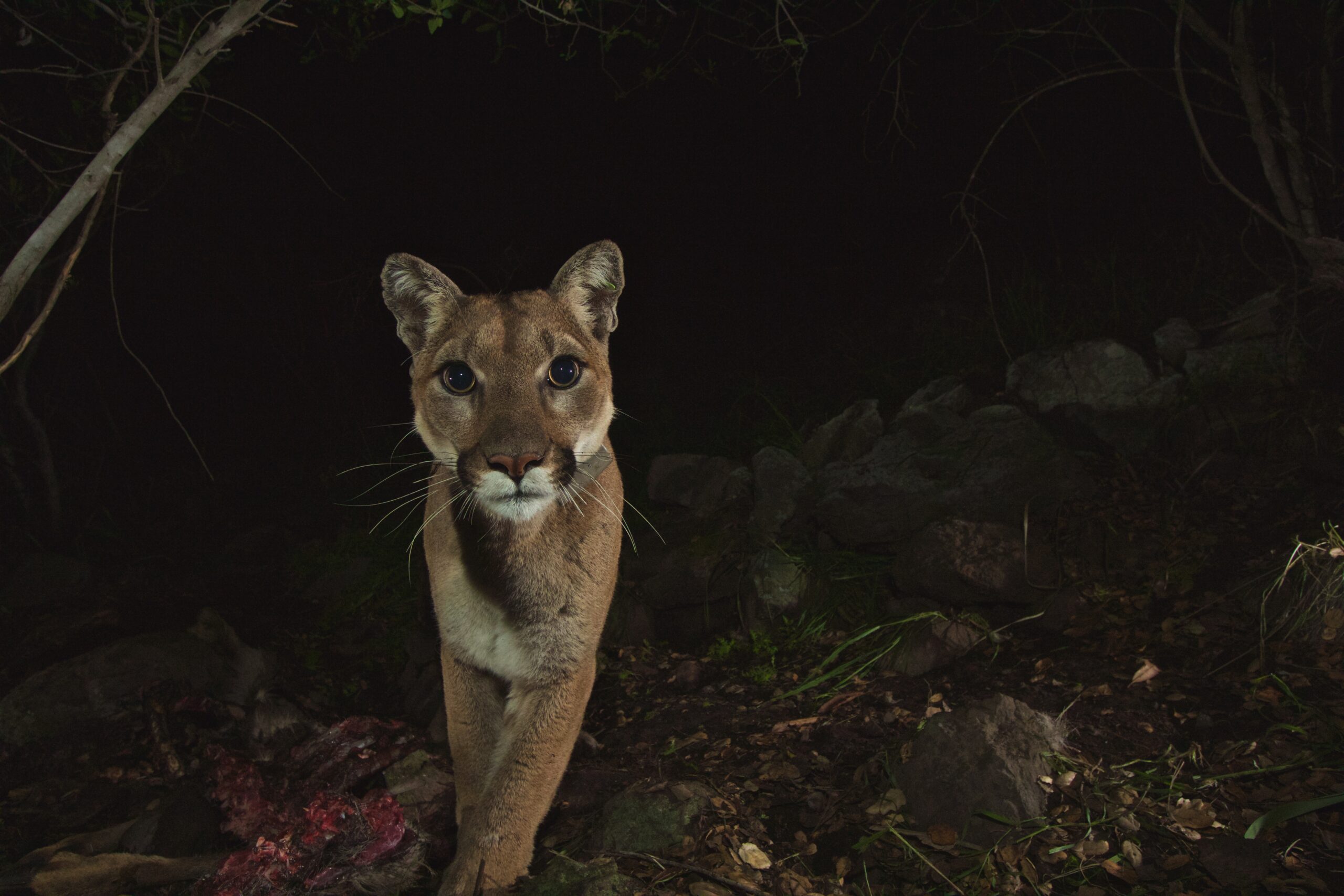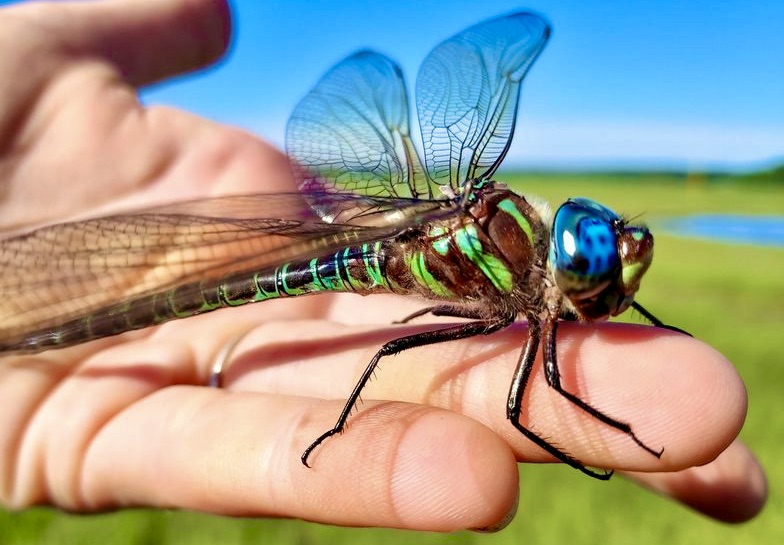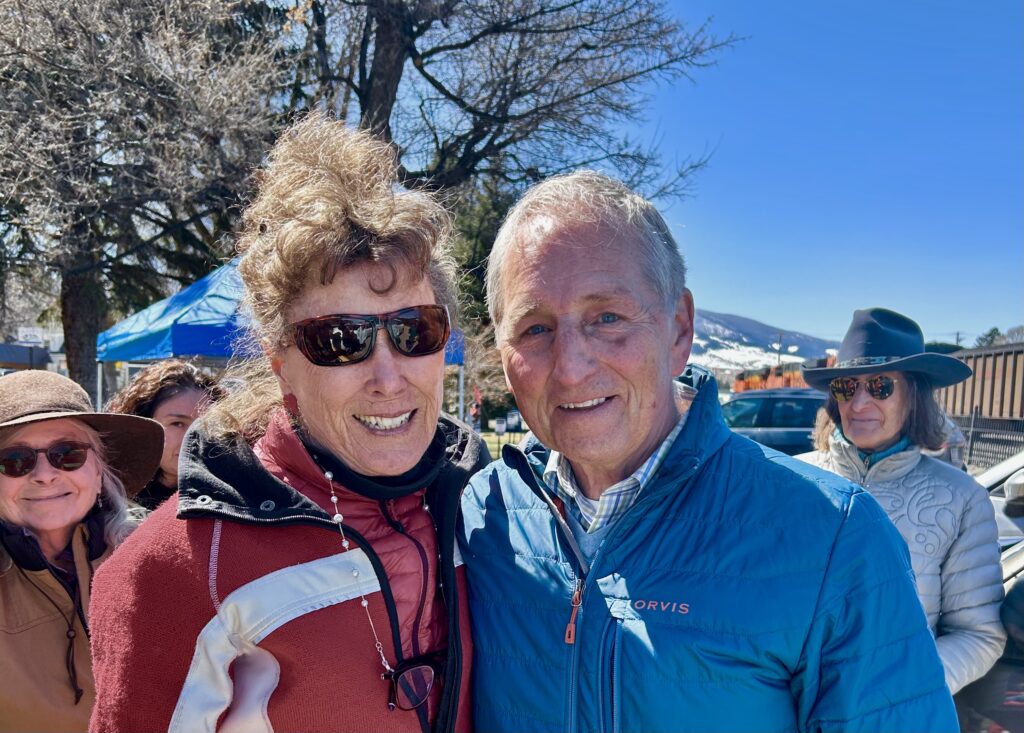By Kat Kerlin
Mountain lions in greater Los Angeles are proactively shifting their activity to avoid interacting with cyclists, hikers, joggers and other recreationists, finds a study from the University of California, Davis, Cal Poly Pomona and the National Park Service.
The study, published Nov. 15, 2024 in the journal Biological Conservation, found that mountain lions living in areas with higher levels of human recreation were more nocturnal than lions in more remote regions who were more active at dawn and dusk. The authors said their findings offer a hopeful example of human-wildlife coexistence amid a large, dense human population.
“People are increasingly enjoying recreating in nature, which is fantastic,” said lead author Ellie Bolas, a Ph.D. candidate in the UC Davis Department of Wildlife, Fish and Conservation Biology. “This flexibility we see in mountain lion activity is what allows us to share these natural areas together. Mountain lions are doing the work so that coexistence can happen.”
Mountain lions prefer to avoid people, but in a metro area of more than 18 million people, natural areas inhabited by mountain lions and other wildlife are also heavily used by recreationists. To learn whether and how lions were adjusting their activity in response to recreationists, the study authors monitored the movements of 22 mountain lions living in the Santa Monica Mountains and the surrounding region between 2011 and 2018.
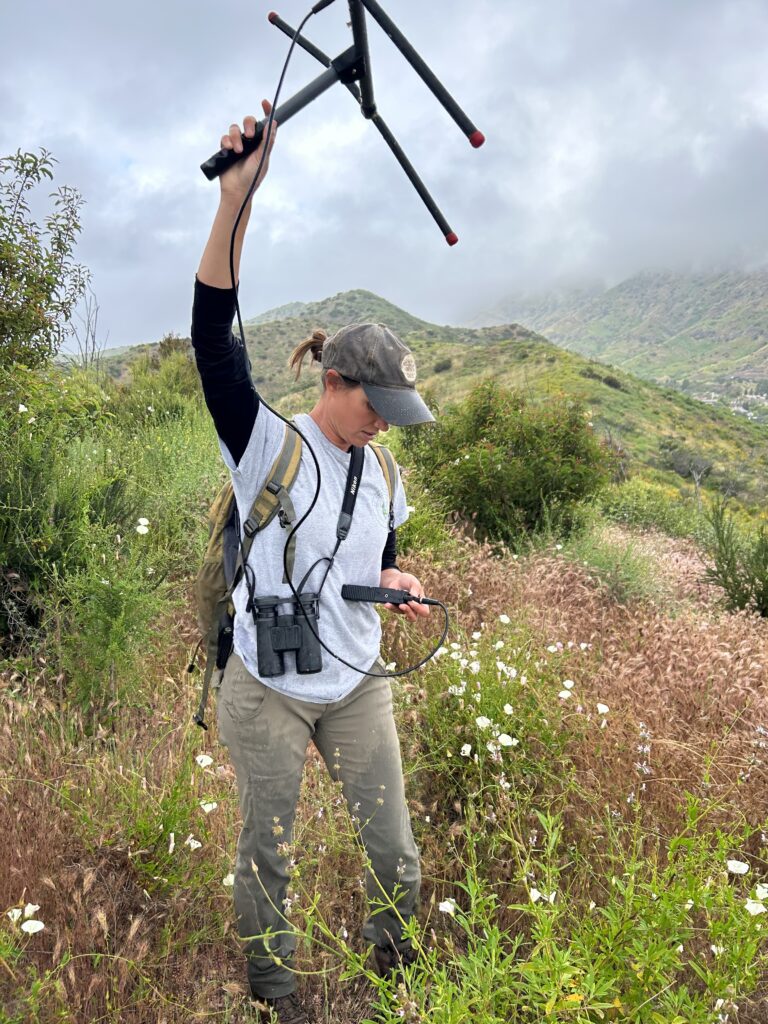
The lions were captured and fitted with global positioning system (GPS) and accelerometer collars as part of a long-term study conducted by biologists at Santa Monica Mountains National Recreation Area, a unit of the National Park Service. The authors analyzed the collar data and quantified human recreation in the area using a global database of GPS-tracked activities that users opted to make public.
“These results are really important in that they show how humans may be affecting wildlife in less obvious ways than killing them with vehicles,” said Seth Riley, branch chief for wildlife at the park. “The study also continues to drive home the amazing fact that a population of a large felid predator persists in one of the largest urban areas in the world. That would not be possible if mountain lions weren’t able to adjust to human activity in ways like this.”
How mountain lions respond to more humans
The study showed that Griffith Park hosted the highest levels of recreational activity, while the Santa Susana Mountains and Los Padres National Forest were least active. How did mountain lions respond?
The least nocturnal mountain lion was female P-13 in the central and western Santa Monica Mountains. Females, in general, were found to be more active closer to sunrise and during daylight hours as compared to males. The authors say this may be so they can avoid overlapping with male lions, who pose a threat to them and their kittens.
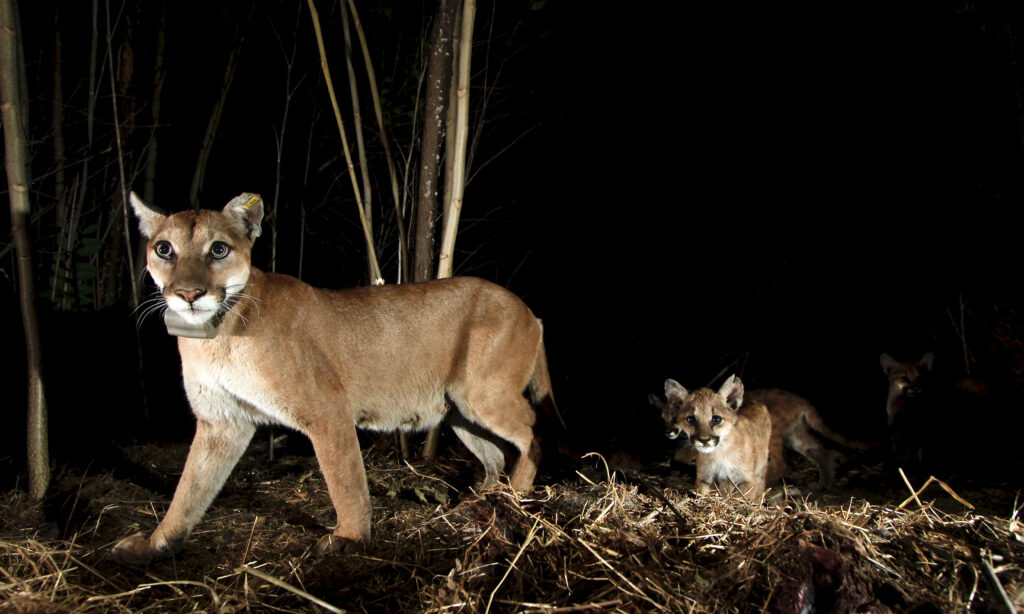
The most nocturnal were two male mountain lions living in small, isolated natural areas with many trails, high levels of recreation, and surrounded by intense development and freeways. Both individuals occupied two of the smallest home ranges ever recorded for adult males. P-41, the study’s most nocturnal lion, lived in the Verdugo Mountains, a small mountain range spanning several cities.
The famous “Hollywood Cat,” P-22, preferred to stay out of the limelight. P-22, who managed to cross two busy freeways as a young lion to earn fame, hearts and a home in active Griffith Park, was the second most nocturnal lion studied. He died in 2022 when he was roughly 12 years old—one of the oldest cats in the study.
The authors said the urban experiences of P-41, P-22 and others in the study illustrate how, when faced with increased human activity, mountain lions actively seek to avoid people rather than becoming habituated to them.
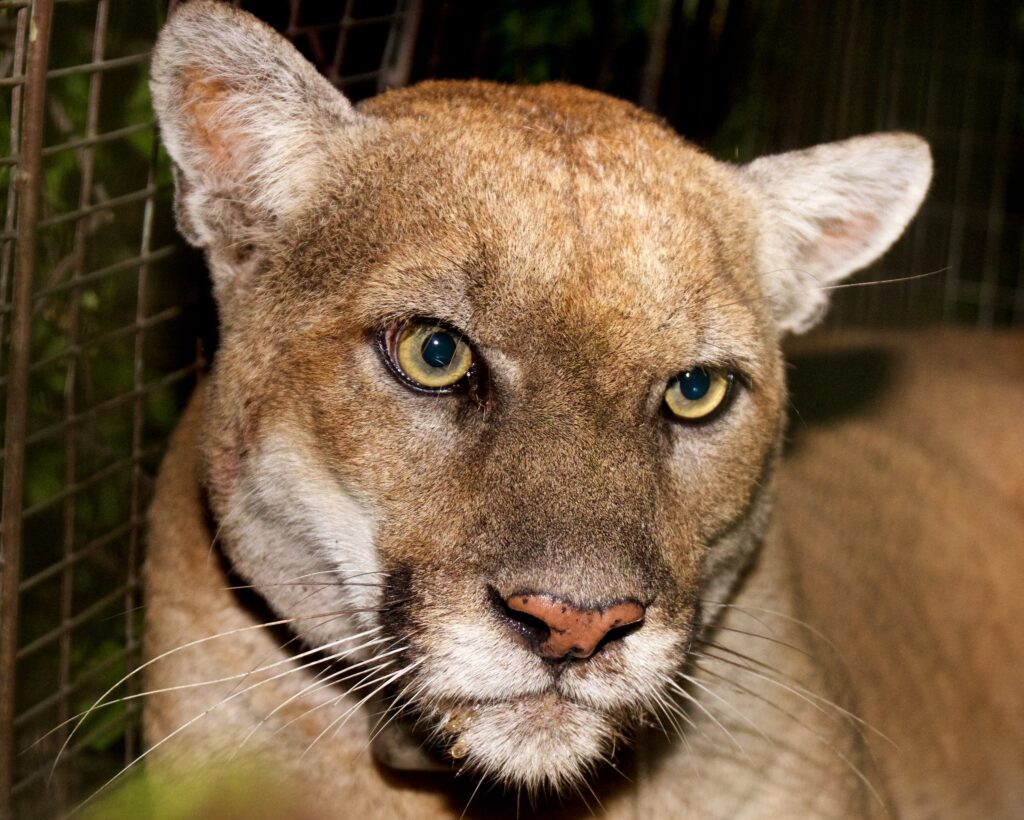
Still, the authors note, this doesn’t mean mountain lions should do all the work. People can help protect themselves and mountain lions by being aware that dawn or dusk is prime time for mountain lion activity. They can also be extra cautious when driving at night, when mountain lions in populated areas are more likely to be active.
Mountain lions in the Los Angeles area deal with many challenges — busy roadways where they’re often killed, wildfires, rodenticide exposure, low genetic diversity and fragmented habitat.
“Even something as innocuous as recreation can add to these other stressors we’re bringing into their lives, potentially by altering the amount of energy they have to expend for hunting and other needs,” Bolas said. “But we can feel a sense of optimism that they are flexible in the timing of their activity. Coexistence is happening, and it’s in large part because of what mountain lions are doing.”
The study’s additional co-authors include Adam Pingatore and Daniel Blumstein of UCLA, Maya Mathur of Harvard Westlake High School, Jeff Sikich of the National Park Service, Justine Smith of UC Davis, John Benson of University of Nebraska and Rachel Blakey of California State Polytechnic University, Pomona, and UCLA.
The study was supported through funding from the National Science Foundation, National Park Service, La Kretz Center for California Conservation at UCLA, and the UC Davis Graduate Group in Ecology Fellowship.

